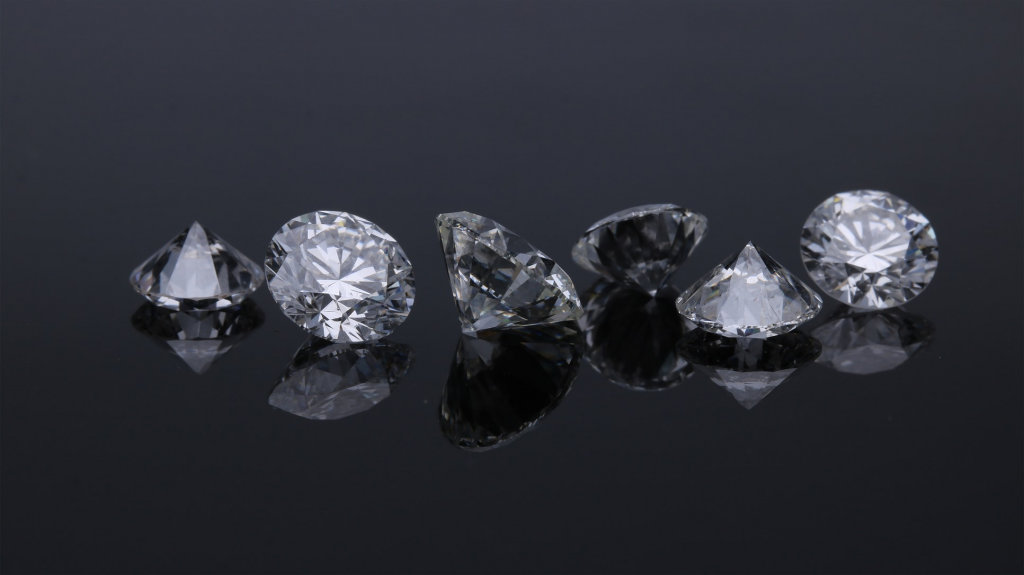Buying an engagement ring is an overwhelming task. Among others, one of the most important considerations is the choice of material. When it comes to the main stone, you can’t go wrong with diamonds.
Shining and shimmering, diamonds are unrivaled in terms of allure. Nonetheless, if there is one thing that hinders most people from choosing this gemstone, it would be its price.
Rather than choosing natural diamonds, one alternative worth considering is lab-grown diamonds. Read on as we talk about some of the reasons why this an excellent choice for an engagement ring.
Why Choose Lab-Grown Diamonds?
Make your wedding jewellery shine by choosing the right materials without going broke. Below, we’ll talk about some of the reasons why a lab-grown diamond is an exceptional pick, especially for an engagement ring.
1. Beauty on a Budget
The price is often a primary factor when selecting an engagement ring. Diamonds might be the default choice but not everyone will have the luxury of financial resources to afford such a stone. With this, lab-grown diamonds present an excellent alternative as it is budget-friendly and incredibly beautiful.
A lab-grown diamond engagement ring makes it possible to shine on a budget. It can be up to 70% cheaper compared to mined diamonds, although the specific price can vary from one seller to another.
One of the reasons why lab-grown diamond engagement rings are cheap is because they are easier to make. They can be made in an indoor setting without the need for complicated and expensive mining operations. This also means that the supply chain cost is minimal.
Nonetheless, you will find some materials that are cheaper than lab-grown diamonds, but the quality is subpar. For instance, when it comes to lab diamonds compared to cubic zirconia, the latter is cheaper, but it does not compare to the beauty and quality of the lab-created gem.
2. Made With Sustainability in Mind
Diamond mining has detrimental impacts on the environment. Despite their superficial beauty, natural diamonds have a bad reputation because of the manner they are produced. Mining such gemstones can contribute to a plethora of environmental problems, such as soil erosion, deforestation, air pollution, water pollution, and noise pollution, among others.
If you are looking for an equally beautiful alternative while going green, it is hard to go wrong with lab-grown diamond engagement rings. Under the right production conditions, lab-grown diamonds will have a lower carbon footprint compared to their mined counterparts. They are made in laboratories and not through an extensive mining operation, which can potentially minimize their harm to the environment.
However, if the manufacturer claims that their diamonds are lab-grown, do not instantly fall victim to their marketing trap. Research the company and see if its operations are indeed benefiting the environment. For instance, many factories are running round-the-clock, which can contribute to excessive energy use. It can also be harmful to the environment, so companies must have initiatives to combat such, including using renewable energy.
3. Guaranteed Conflict-Free Areas
Aside from sustainability, another common issue with natural diamonds is that they are made in areas of conflict. Blood diamonds or conflict diamonds are stones made in areas with armed conflict. More so, the illicit trading of these stones results in profit being used for funding the fighting, raising ethical questions.
If you are looking for conflict-free diamonds, then it is hard to go wrong with those that are manufactured in a laboratory. While they are chemically and optically like natural diamonds, they are made in a controlled environment without a reputation for funding armed conflicts. This means that you won’t be buying diamonds that are connected to terrorists or rebel groups.
4. Looks Almost the Same as Natural Diamonds
Even if they are technically different types of diamonds, lab-created and natural diamonds can have almost the same look. To the untrained eye, which constitutes a majority of people, they are similar. So, it is difficult to quickly tell the difference unless someone pays a closer inspection of the stone.
Lab-grown and natural diamonds have the same physical and chemical properties. Heat, pressure and time are some of the most important elements in the formation of natural diamonds. Such factors can be created in the laboratory to create a similar stone. Microwave-heat generators are used in laboratories for high-pressure, high-temperature production that mimics the earth’s surface.
Even trained gemologists can have a hard time telling the difference between the two stones. Rigorous testing is required to evaluate the stone at a molecular level to tell which one is natural and which one is made in a controlled laboratory.
5. It Is the Real Deal
Now, many of you who are not familiar with lab-made diamonds might assume that the latter is fake. Nonetheless, even if it is not mined, it does not mean that it is a counterfeit. Natural and lab-made diamonds are both genuine diamonds. As earlier mentioned, they have the same chemical and physical make-up, although they are different in terms of price and sustainability, among other things.
Because they are manufactured in a controlled setting, they will have lesser inclusions compared to their natural counterparts. This means that it will be more brilliant, allowing it to shine at its best. Plus, the makers will have complete control of other things, including the color, so it is possible to have it customized depending on the preferences of the buyer.
Conclusion
When shopping for engagement rings, lab-grown diamonds is one material that you should not ignore. It may not be at the same level as natural diamonds in terms of popularity, but it is slowly making its name in the market. The price is its biggest advantage since it is affordable without compromising on its beauty. Not to mention, it is conflict-free, and it is made in a more sustainable manner since it is not mined.




